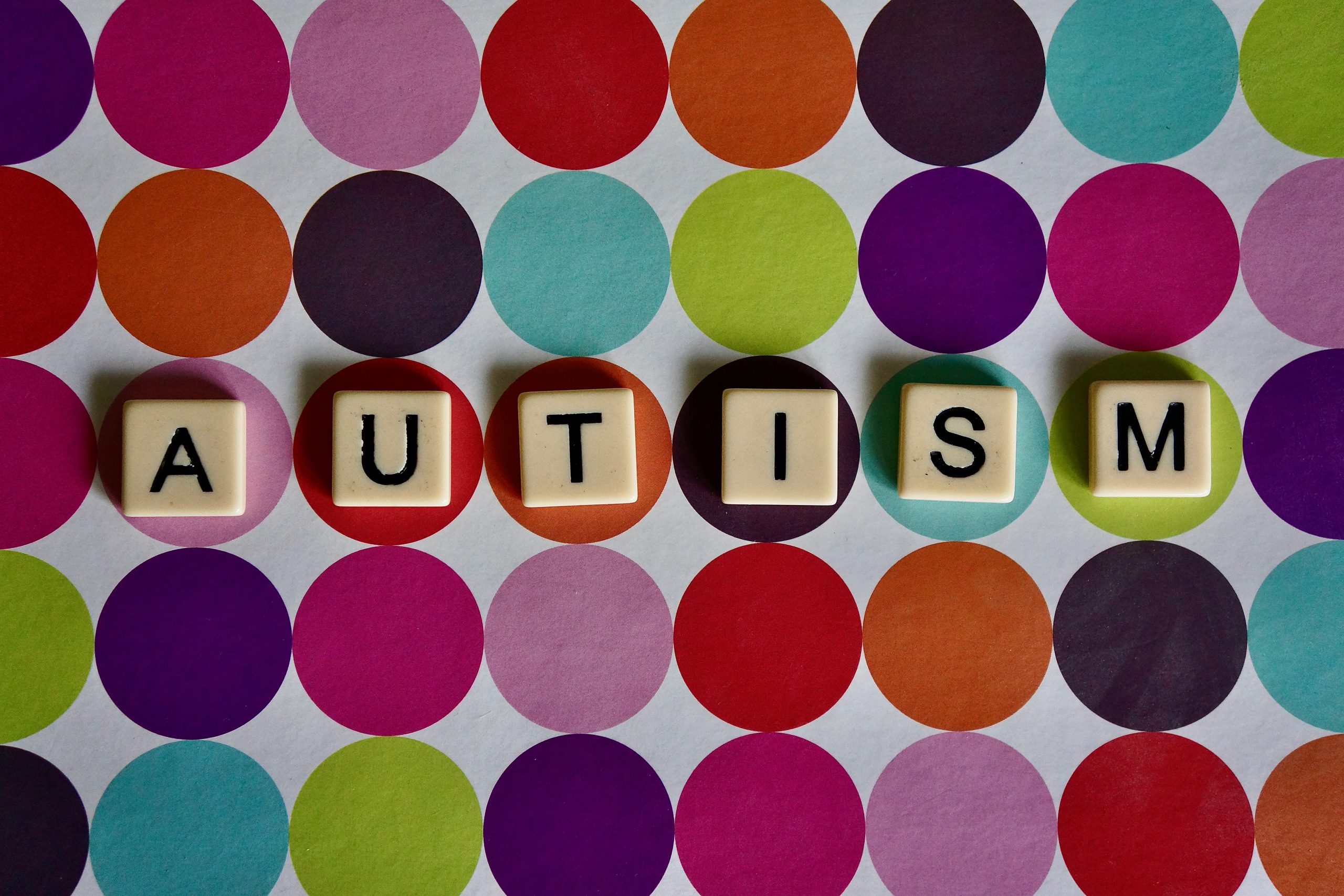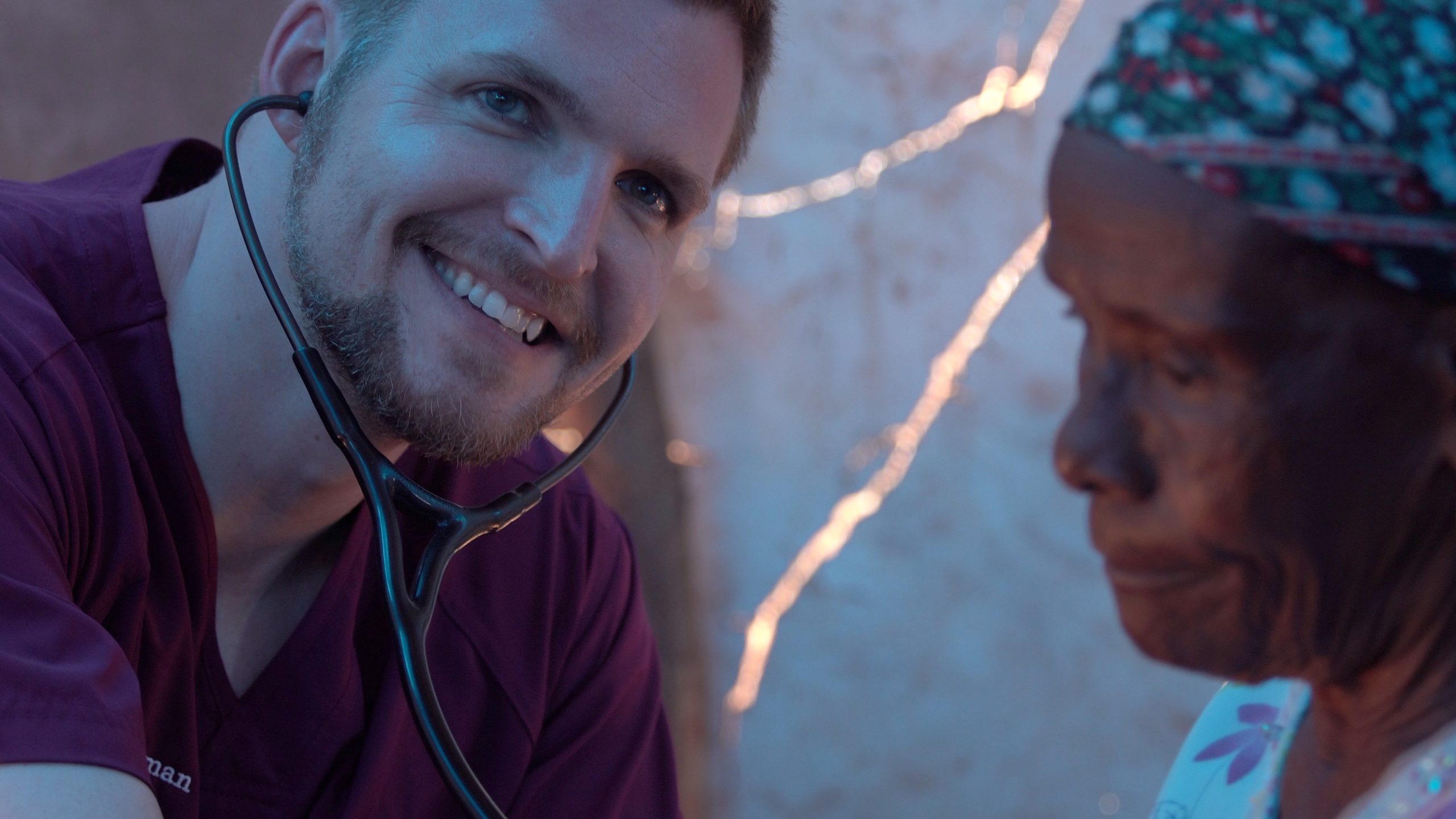Autism is a complex and multifaceted neurological disorder that affects millions of families around the world. It can be difficult to diagnose, and its impact on individuals varies widely depending on the severity of symptoms. As awareness about autism grows, so too does our understanding of how it impacts families both emotionally and financially. In this blog post, we’ll explore the complexities behind autism diagnosis and the growing impact it has on families today. Get ready to gain a deeper understanding of this condition and learn how you can help support those affected by autism in your community!
What is Autism?
Autism is a neurological disorder that causes significant social, communication and developmental issues. It can be difficult to diagnose, as the signs and symptoms vary from person to person. In order to make an accurate diagnosis, doctors often need to rule out other possible conditions.
There is no one answer to the question of how many people are affected by autism. However, estimates suggest that 1 in 68 children have some form of autism spectrum disorder (ASD). This means that there are more than three million kids living with ASD in the United States alone.
Many people with autism struggle with normal social interactions and communication skills. They may also have difficulty focusing or paying attention, and tend to exhibit repetitive behaviors or fixations. While these struggles can be frustrating for families, they are not always insurmountable. Some people with autism find great success in vocational or educational programs tailored specifically for them.
Symptoms of Autism
There is no single definitive diagnostic test for autism, and the symptoms that may indicate an individual has the condition can vary greatly from person to person.
One of the most common ways to identify a possible case of autism is to review a child’s developmental history and assess their current level of social and communication skills.
Some other symptoms commonly associated with autism include: difficulty communicating, Difficulty interacting with others, Restricted interests and repetitive behaviors. There is no one-size-fits-all approach when it comes to treating an individual with autism, but generally treatments may involve various interventions such as educational programs, therapy or medication.
Causes of Autism
Autism spectrum disorder (ASD) is a neurological disorder that typically impacts social interaction and communication skills. It is also known as Asperger syndrome, pervasive developmental disorder-not otherwise specified (PDD-NOS), or simply autism. ASD can be caused by a variety of genes and environmental factors, though it is most commonly diagnosed in children between the ages of 12 and 24 months. There is currently no cure for ASD, but there are treatments available to help improve the quality of life for those affected.
There is still much unknown about ASD, which makes it difficult to precisely diagnose and treat the condition. In 2007, the U.S. Centers for Disease Control and Prevention estimated that 1 in 88 U.S. children had an ASD diagnosis, up from 1 in 150 children in 2005. The increased prevalence of ASD may be due to improvements in detection methods or increased awareness of the disorder; however, more research is needed to determine the true cause of this increase.
The primary causes of ASD are still not fully understood, but several theories have been proposed over the years. Some experts believe that genetics play a role in determining whether someone will develop ASD; others think that environmental factors – such as exposure to chemicals or toxins – might trigger the condition in some people. There is evidence to support both theories – for example, a child who has one parent with an ASD diagnosis is more likely to develop an autism spectrum disorder than a child who does not have a family history
The Different Types of Autism
Autism is a complex disorder that can impact many areas of a person’s life. There are different types of autism, each with its own specific set of symptoms. Some children with autism may have trouble communicating or interacting with others, while others may have more severe issues such as difficulty performing routine tasks or adapting to changes in their environment.
Diagnosing autism can be difficult, and the condition is growing more common all the time. Parents should be prepared for a long diagnostic process and may need to take various measures to assist their child, such as special accommodations in schools or workplaces. In some cases, medications may also be necessary to help individuals with autism function better.
There is no one definitive cause of autism, but it is believed to be rooted in a combination of genetic and environmental factors. Treatment options vary depending on the severity of the disorder and may include social skills training and medication. Regardless of the type of autism a person experiences, support from family and friends is essential to helping them live fullest lives possible.
What is the Treatment for Autism?
There is no one-size-fits-all answer to the treatment of autism, as the condition can vary significantly from person to person. The specialist will likely recommend a variety of therapies and interventions, depending on the individual’s specific needs. Some common treatments include:
Social skills training: This type of therapy helps individuals with autism communicate better with others, by teaching them how to understand and respond to social cues.
Speech and language therapy: This intervention can help children with autism learn how to talk, read, and write properly.
Behavioral therapy: This program aims to change problematic behaviors associated with autism. Examples of such behaviors could include avoiding social interaction or repetitive movements.
Conclusion
Autism is one of the most complex neurodevelopmental conditions, and its diagnosis can be a challenge for families. This article provides an overview of autism and discusses some of the complexities that families face when trying to understand and deal with this condition. Autism involves multiple layers of difficulty, which can make it difficult for families to have a clear picture of what is happening with their loved one. However, with the help of professionals who are knowledgeable about autism and equipped to provide support, families can learn how to best care for their autistic loved ones.










